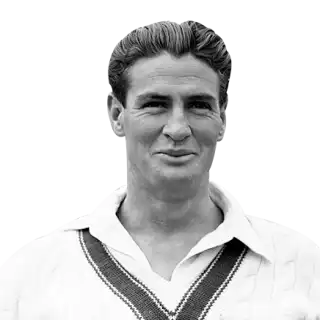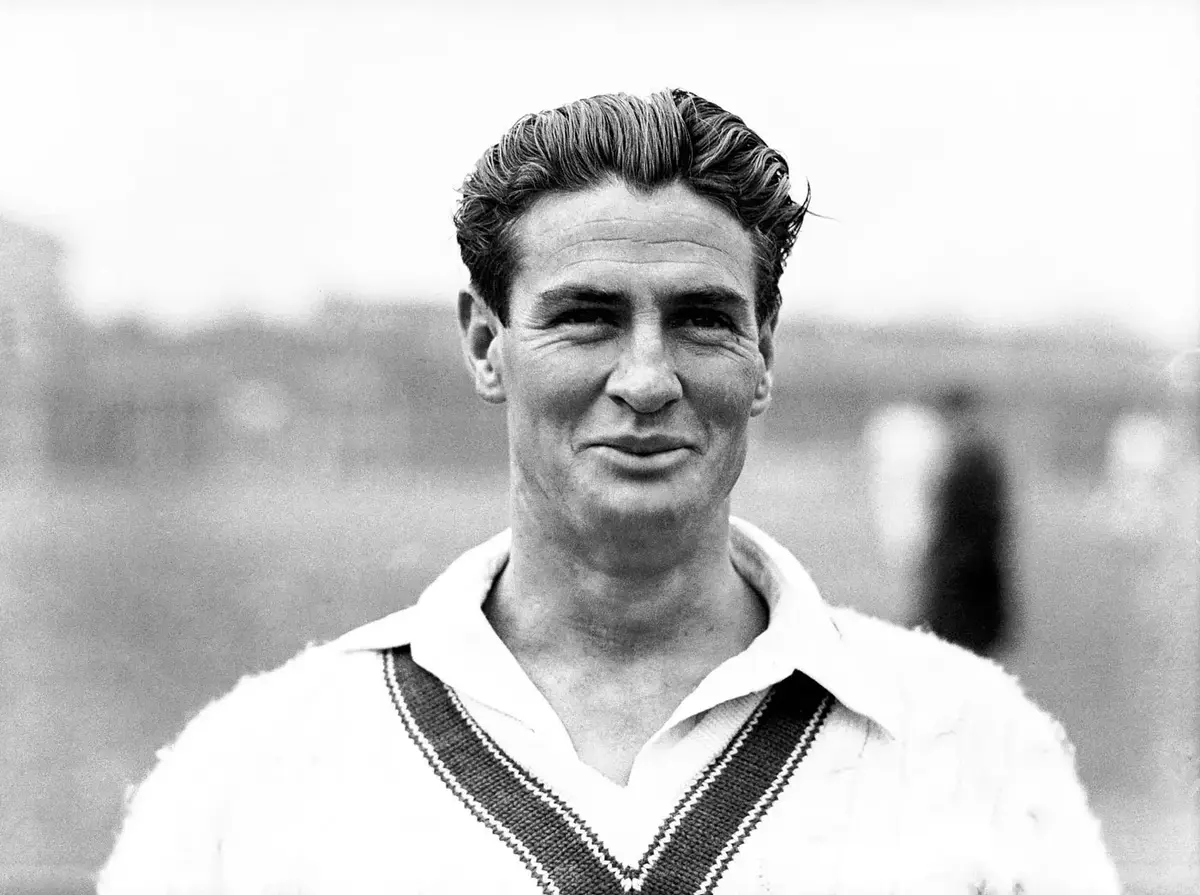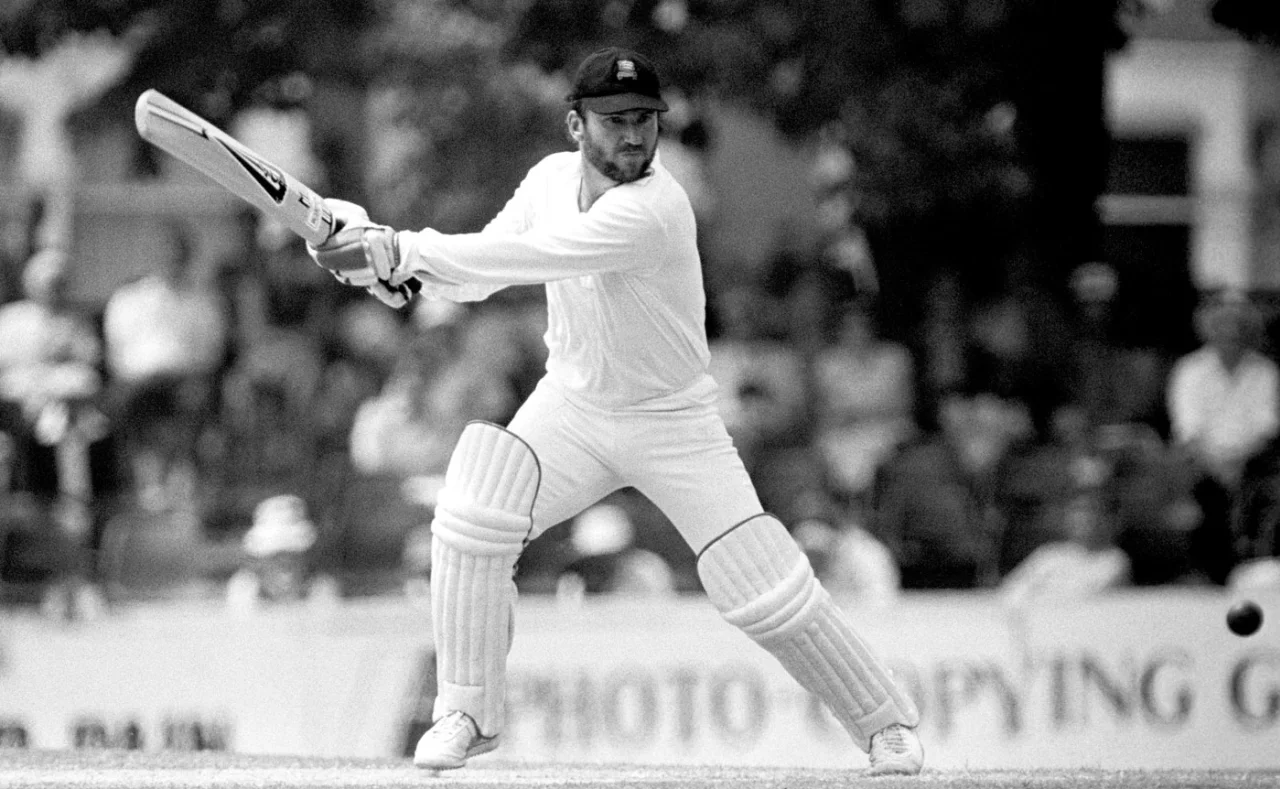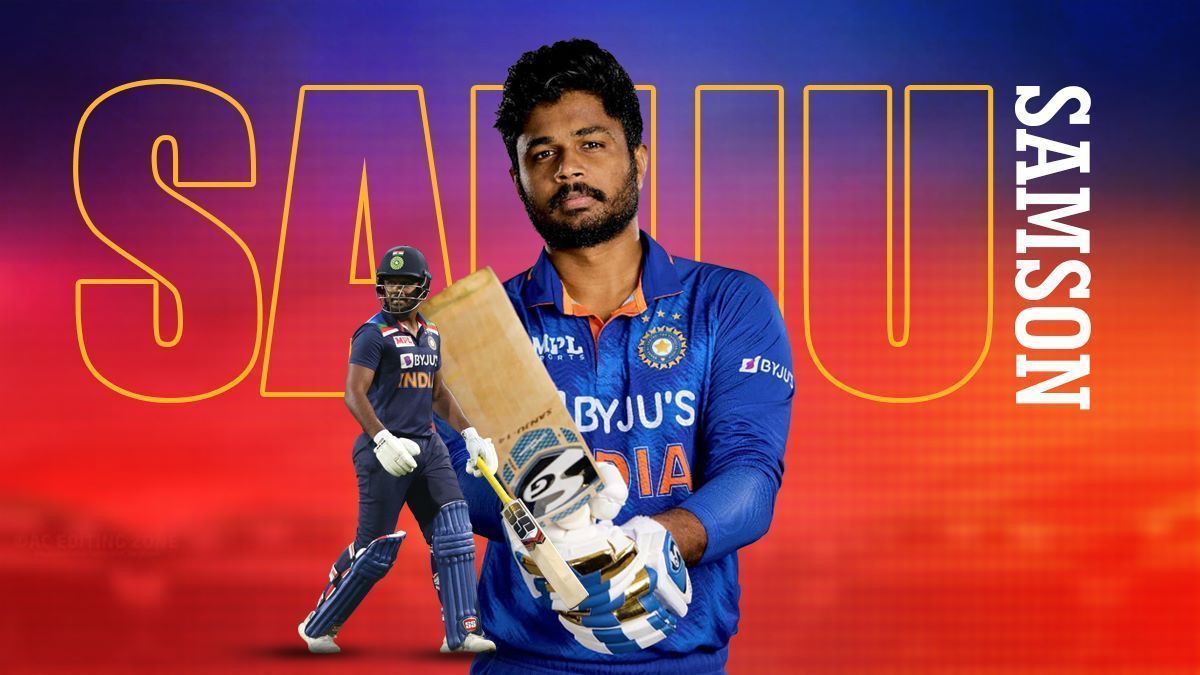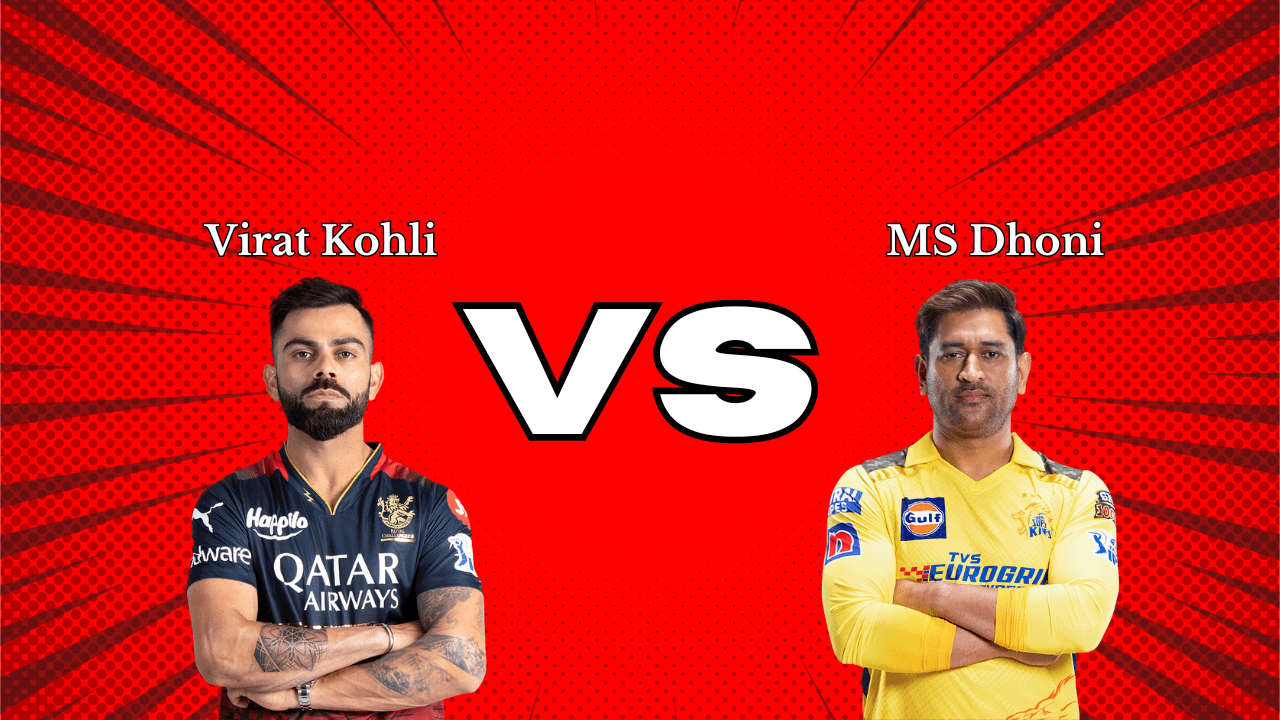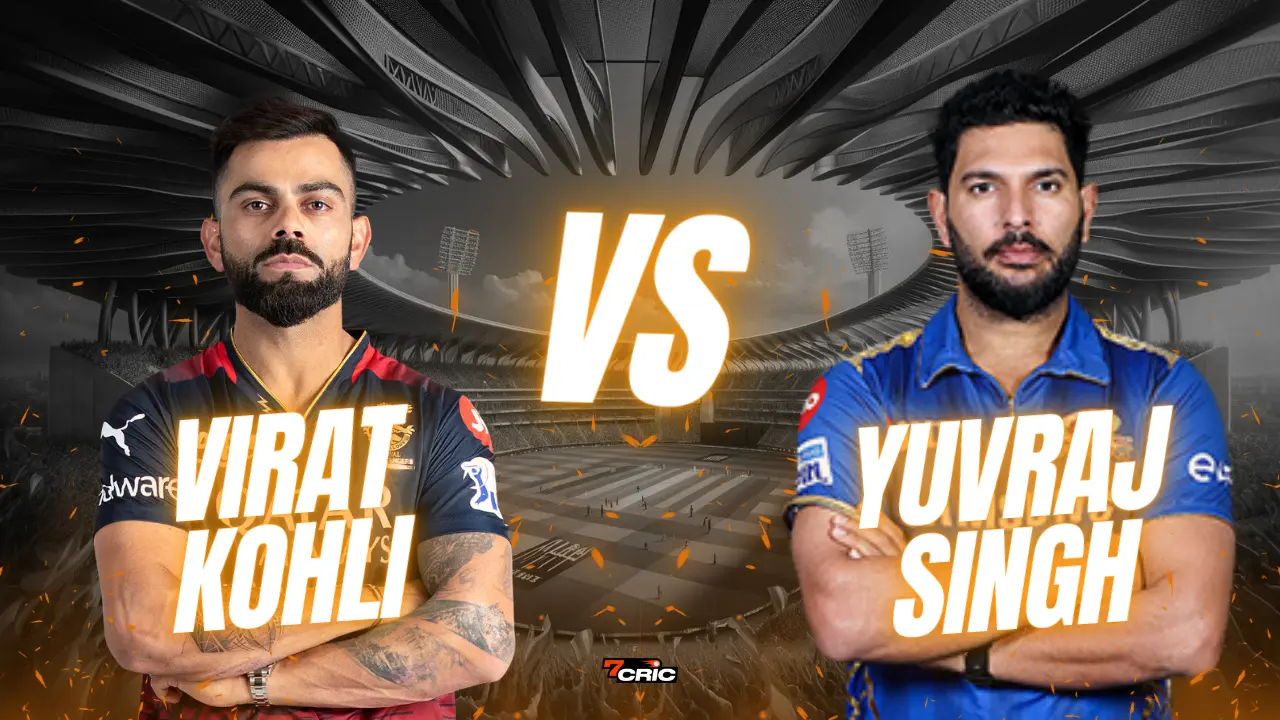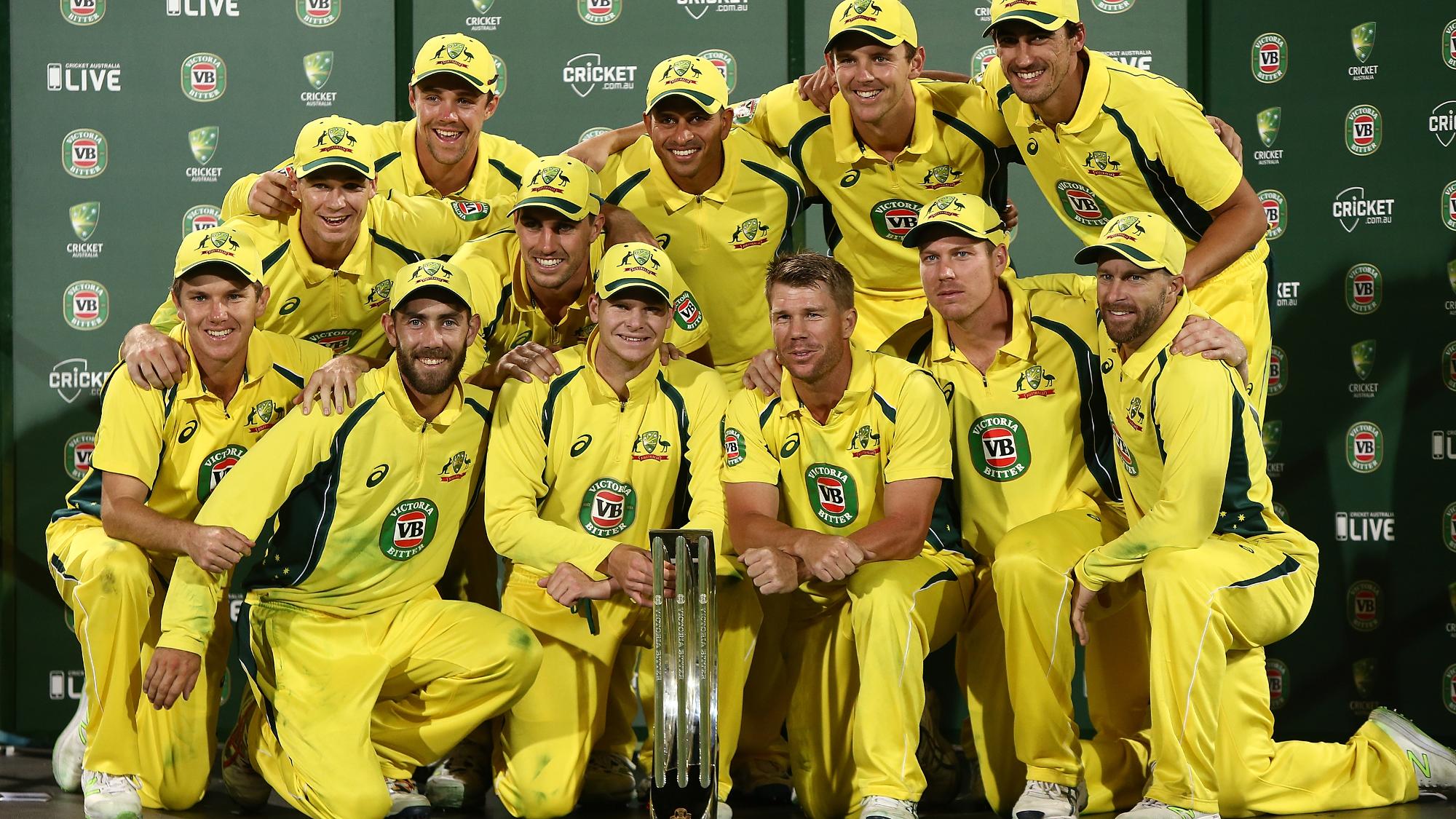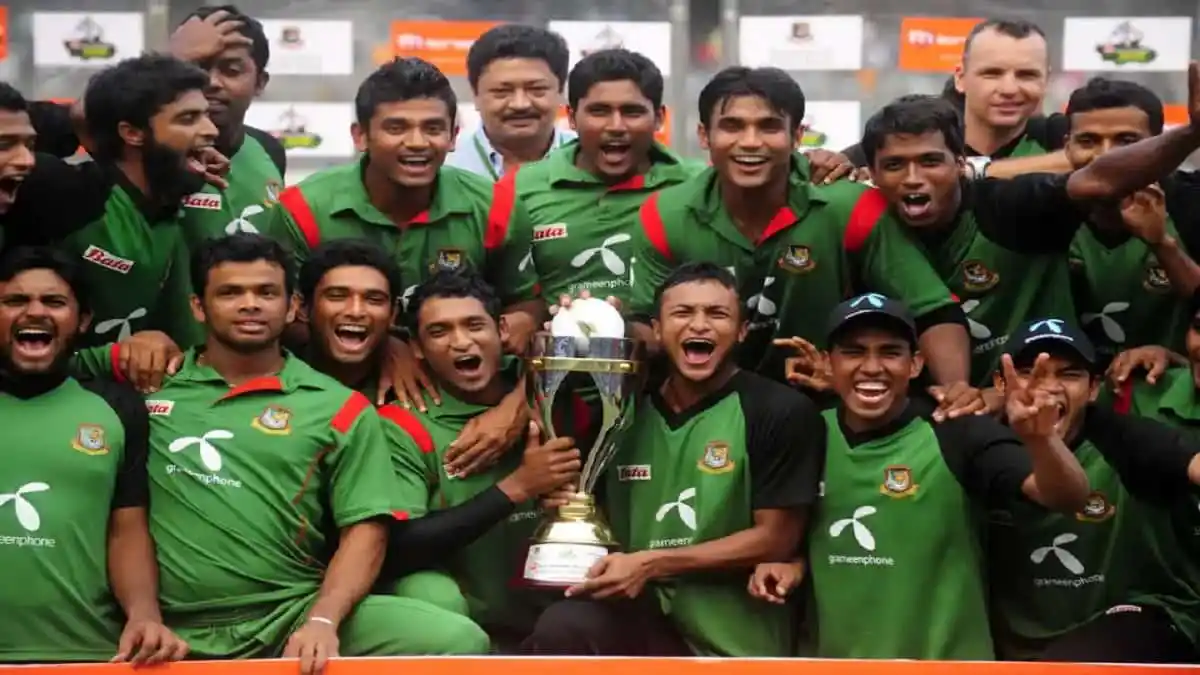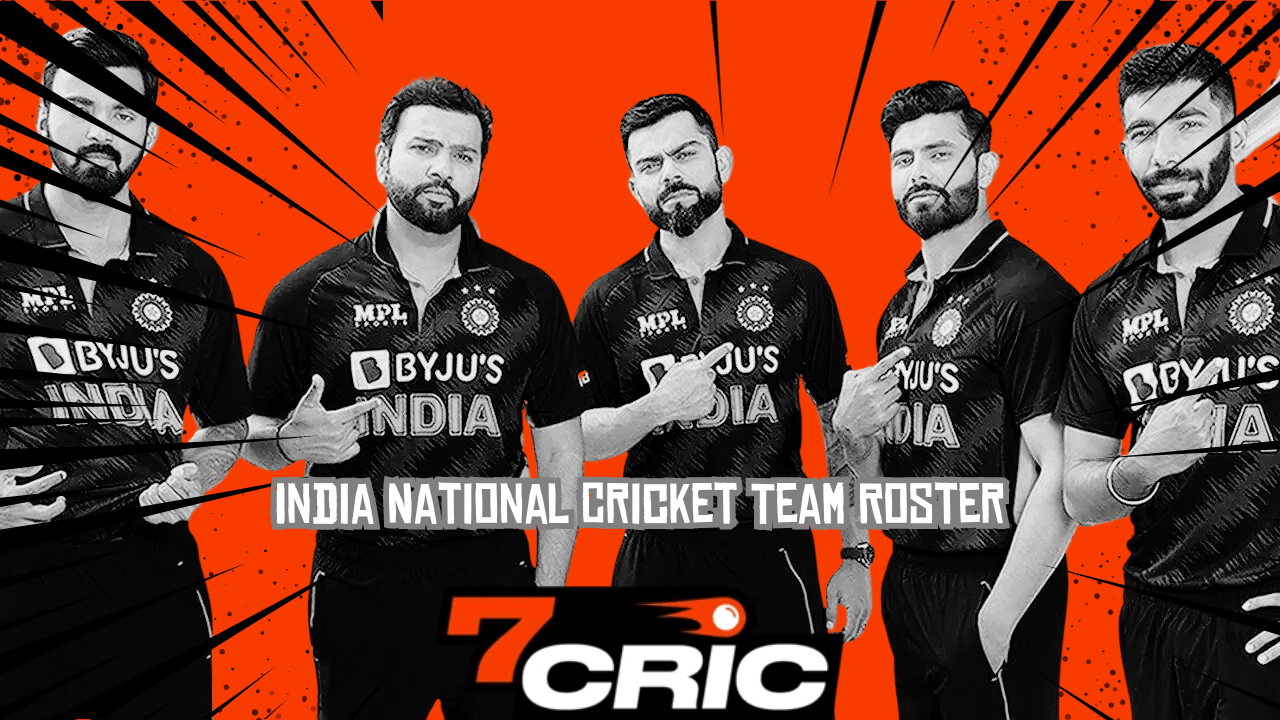Keith Miller, not only a jet fighter pilot during a World War II, but also a prominent all-rounder of Australia national cricket team. In this article, let’s break down his stories, background, achievement, and records.
Summary and Key Takeaways
Key Takeaways of Keith Miller's Biography, Career, and Statistics
1. Early Life and Background of Keith Miller:
- Keith Ross Miller was born on November 28, 1919, in Sunshine, Melbourne, Victoria, Australia, into a sports-oriented family.
- His father's passion for cricket influenced Miller's interest and development in the sport from a young age, shaping his athletic talents.
2. Career Achievements in Cricket by Keith Miller:
- Miller's cricket career spanned from the late 1930s to the late 1950s, during which he achieved significant milestones at both domestic and international levels.
- He made his Test debut for Australia in 1946, playing 55 Test matches, scoring 2,958 runs at an average of 36.97, and taking 170 wickets at an average of 22.97.
3. Statistical Analysis of Keith Miller’s Cricketing Career:
- In Test cricket, Miller's batting average of 36.97 and bowling average of 22.97 reflect his versatility and impact as an all-rounder.
- His highest score of 147 and best bowling figures of 7/60 showcase his ability to excel in both batting and bowling.
4. Bowling Techniques and Role in the Team:
- Miller was primarily an all-rounder, known for his fast bowling, aggressive batting, and ability to perform under pressure.
- His role as a leading fast bowler for Australia and his all-round contributions were pivotal in balancing the team and securing victories.
Final Words of Keith Miller's Career:
- Keith Miller's legacy as one of cricket's greatest all-rounders is firmly established through his statistical achievements, impact on the game, and enduring influence on future generations of cricketers.
- His techniques, including aggressive batting and potent fast bowling, continue to inspire young players worldwide, making him a revered figure in cricket history.
Early Life and Background of Keith Miller
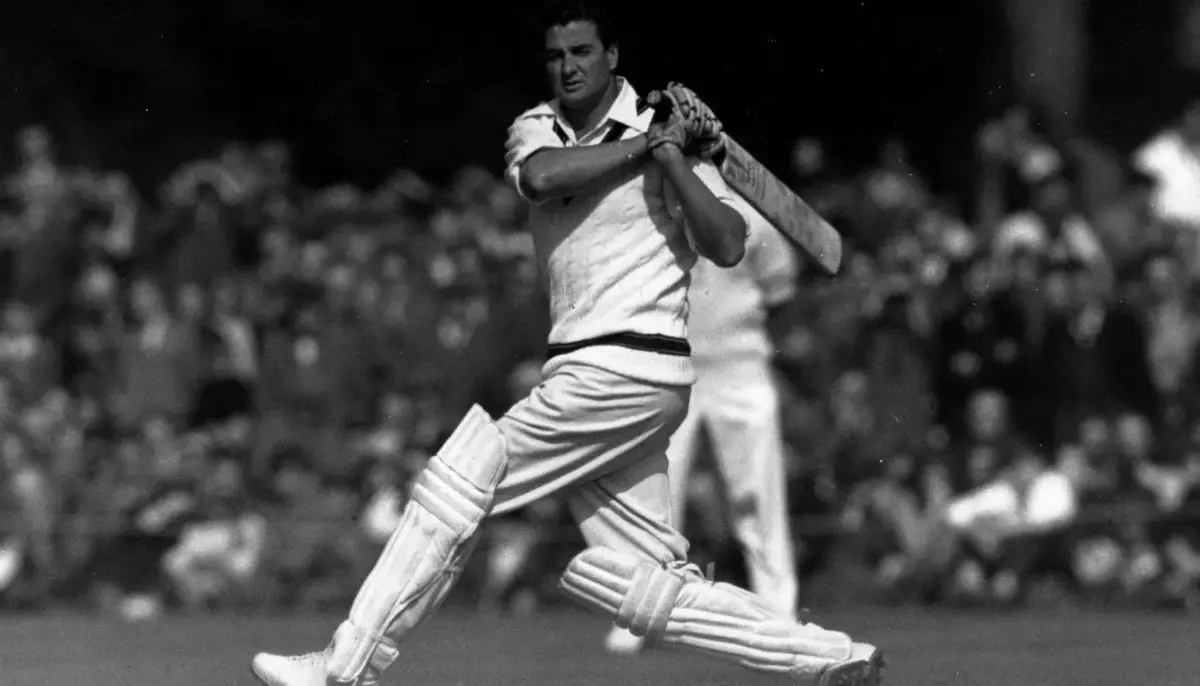
Keith Ross Miller was born on November 28, 1919, in Sunshine, a suburb of Melbourne, Victoria, Australia.
He grew up in a sports-oriented family, which played a crucial role in nurturing his athletic talents from a young age.
His father was a passionate cricketer who encouraged Miller and his siblings to play various sports, including cricket, fostering a competitive and athletic environment at home.
Family Influence and Education
Miller’s family background was instrumental in shaping his cricket career. His father’s enthusiasm for cricket led to early exposure to the game, significantly influencing his interest and skills in the sport.
For his education, Miller attended the local state school where he further developed his cricketing abilities, participating in school competitions and demonstrating a natural talent for the game.
Initial Involvement in Cricket
From a young age, Miller showed a promising talent in cricket. He played for his school team and local cricket clubs in Sunshine, where he honed his skills as an all-rounder.
His early cricketing experiences were marked by rapid development, displaying prowess as both a batsman and a bowler. This period was crucial in laying the foundation for his future in cricket.
Early Achievements and Challenges
Miller’s early cricketing journey was not without challenges. He faced the usual ups and downs of a young athlete trying to make a mark in a competitive sport.
However, his natural talent and the support from his family and community helped him overcome these hurdles.
Notably, Miller’s performances in local club cricket drew attention, leading to opportunities to play in more competitive leagues and matches, setting the stage for his eventual rise in Australian cricket.
Career Achievements in Cricket by Keith Miller
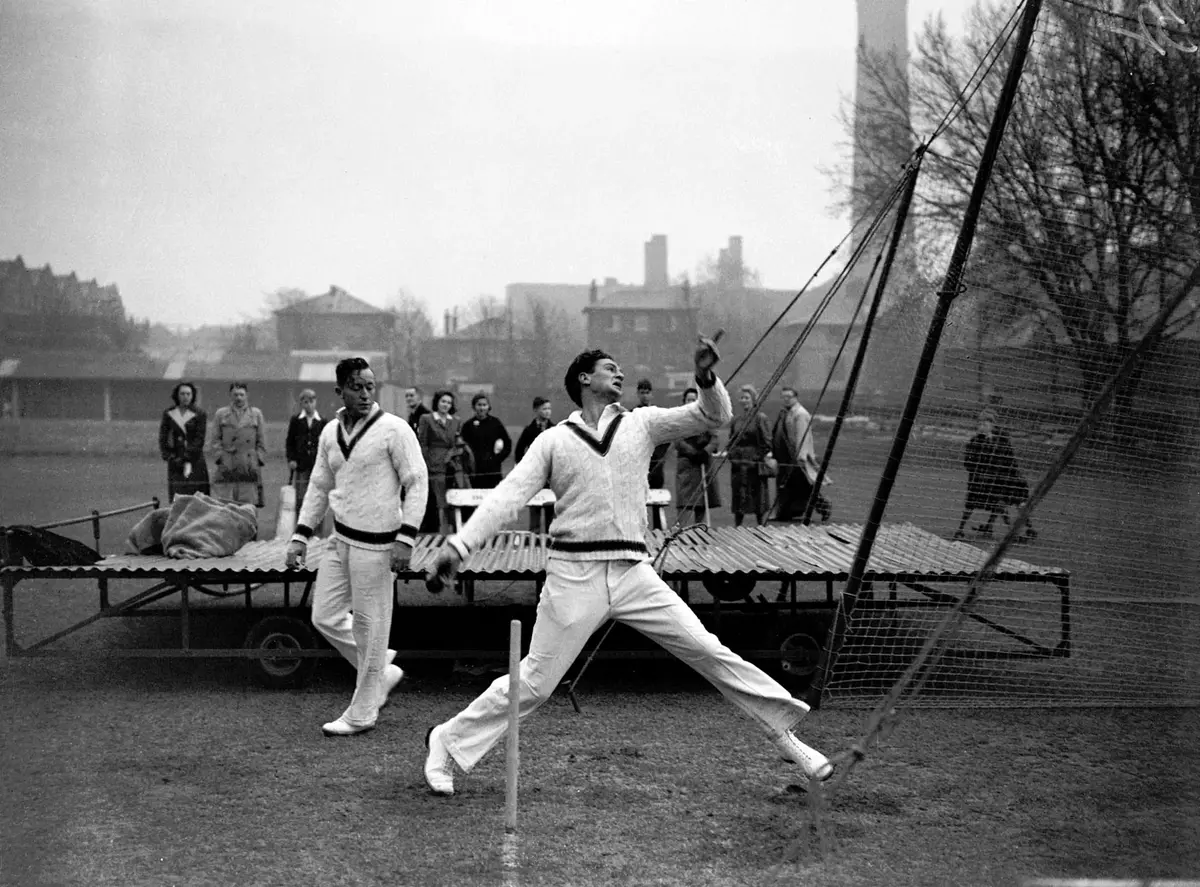
Keith Miller was an Australian cricketer widely regarded as one of the greatest all-rounders in the history of the game.
His cricket career spanned from the late 1930s to the late 1950s, and he achieved significant milestones and records at both domestic and international levels.
Domestic Cricket Highlights
Miller began his first-class cricket career with Victoria in the 1937-38 season. He quickly established himself as a formidable player, known for his fast bowling and aggressive batting.
In domestic cricket, he represented Victoria and New South Wales, contributing significantly to their successes during his tenure.
International Cricket Milestones
Miller made his Test debut for Australia in 1946 against New Zealand and went on to play 55 Test matches. He scored 2,958 runs at an average of 36.97, including seven centuries and 13 fifties.
As a bowler, he took 170 wickets at an average of 22.97. His all-round capabilities made him a vital player for Australia in the post-war era.
Notable Performances and Series
- Ashes Triumphs: Miller was instrumental in Australia’s Ashes victories against England, particularly in the 1948 series where Australia, led by Don Bradman, remained undefeated.
- Impactful Innings: One of his memorable innings was a century against England in the 1953 Ashes series, showcasing his skill and determination.
- Bowling Prowess: Known for his fast bowling, Miller delivered numerous match-winning performances, including multiple five-wicket hauls in Test matches.
Awards and Recognitions
- Wisden Cricketer of the Year: Miller was named one of the Wisden Cricketers of the Year in 1954, acknowledging his significant impact on international cricket.
- Australian Cricket Hall of Fame: Posthumously, Miller was inducted into the Australian Cricket Hall of Fame, cementing his legacy as a cricketing great.
Impact on Teams and Legacy
Miller’s cricketing career was marked by his charismatic personality, versatility on the field, and leadership qualities.
He played a key role in the success of the teams he was part of, bringing balance with his all-round performance.
His ability to perform under pressure made him a pivotal figure in Australian cricket, influencing the game’s development and inspiring future generations.
Miller’s Cricketing Career: Statistical Analysis
Keith Miller’s cricket career is renowned for his all-round capabilities, excelling both as a batsman and a bowler. His statistics in domestic and international cricket reflect his versatility and significant contribution to the teams he represented.
This analysis will cover his performance in Test cricket, as Miller did not play One Day Internationals (ODIs) or Twenty20 Internationals (T20Is), formats that were introduced after his retirement.
Batting Statistics
Test Cricket
- Matches Played: 55
- Total Runs Scored: 2,958
- Batting Average: 36.97
- Highest Score: 147
- Centuries: 7
- Half-centuries: 13
Miller’s batting average of 36.97 is impressive, especially considering he often batted in the middle order and played in an era where pitches were often challenging for batsmen.
His highest score of 147 against England in 1953 at Adelaide underlines his ability to play long and impactful innings.
Bowling Statistics
Test Cricket
- Matches Played: 55
- Total Wickets: 170
- Bowling Average: 22.97
- Best Bowling in an Innings: 7/60
- Five-Wicket Hauls: 7
As a bowler, Miller’s average of 22.97 demonstrates his effectiveness, particularly in Test cricket. His best bowling figures of 7/60 against England in 1953 showcase his capability to decimate opposition batting line-ups.
Role and Position
Miller predominantly played as an all-rounder, batting in the middle order and serving as a leading fast bowler for Australia. His role was crucial in balancing the team, providing depth in batting, and a potent option in bowling.
Bowling and Batting Techniques
Miller was known for his fast bowling, capable of generating significant pace and swing. His height allowed him to extract bounce from the pitch, troubling batsmen consistently.
As a batsman, he was aggressive, with a preference for driving and cutting, capable of changing the course of a match with his counter-attacking style.
Final Words of Keith Miller’s Biography, Career, and Statistics
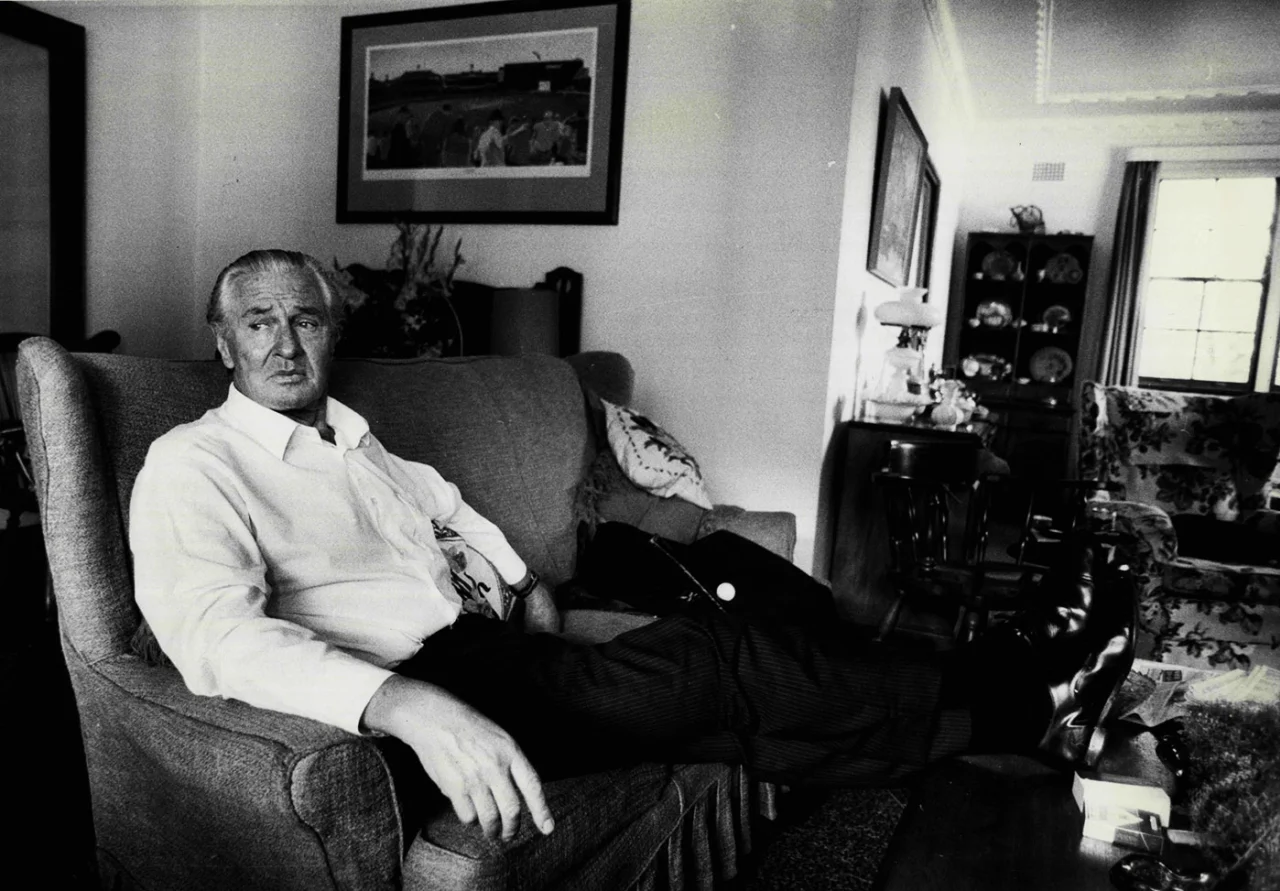
In conclusion, Keith Miller’s legacy in cricket is undeniable. His remarkable career as an all-rounder, displaying exceptional batting and bowling skills, has left an indelible mark on the sport.
Miller’s statistical achievements, including his impressive batting average of 36.97 and bowling average of 22.97 in Test cricket, attest to his immense talent and contribution to Australian cricket.
His impact on the teams he played for, both domestically and internationally, was profound, with notable performances in crucial matches and series such as the Ashes.
Miller’s ability to perform under pressure and his charismatic presence on the field made him a revered figure among fans and fellow cricketers alike.
Beyond statistics, Miller’s legacy encompasses his role as a pioneer in modern all-round cricket, showcasing versatility and skill that set standards for future generations of cricketers.
His techniques, including aggressive batting and potent fast bowling, continue to inspire young players worldwide.
In essence, Keith Miller’s legacy as one of cricket’s greatest all-rounders is firmly established through his achievements, impact on the game, and enduring influence on the cricketing ethos.
All You Need to Know about Keith Miller
What did Keith Miller say about pressure?
Miller’s wartime experiences gave him a broader outlook when he returned to cricket. He famously commented on pressure in cricket, saying it’s comparable to having a Messerschmitt aircraft tailing you, which puts the game’s pressures into perspective.
When did Keith Miller play cricket?
Keith Miller’s cricket career began as a batsman in 1937-38 when he scored 181 runs for Victoria against Tasmania in Melbourne. He gained international recognition in 1945 with a remarkable century in the first “Victory Test” at Lord’s.
When did Keith Miller retire?
Keith Miller retired from international cricket in 1956 after touring England, Pakistan, and India. Following his retirement, he became a cricket writer for England’s Daily Express for two decades. In recognition of his contributions to cricket, he was awarded the Member of the British Empire (MBE) title in 1956.


